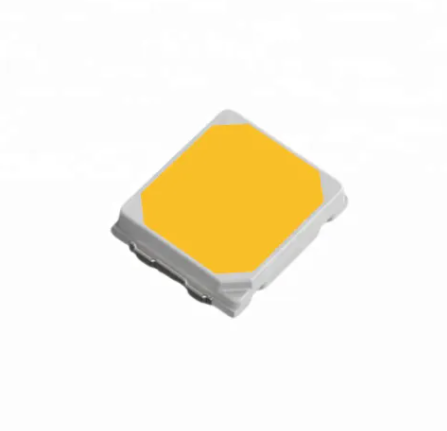Are SMD LED lights more energy-efficient than traditional lighting?
In recent years, there has been a growing trend towards energy efficiency in various industries, including lighting. The development of Light Emitting Diode (LED) technology has revolutionized the way we illuminate our homes, offices, and public spaces. Within the realm of LED lighting, Surface Mount Device (SMD) LEDs have emerged as one of the most popular options. SMD LEDs offer numerous benefits, one of which is their remarkable energy efficiency. In this article, we will explore the advantages of SMD LED lights and compare their energy efficiency with traditional lighting sources.
Firstly, let's understand what SMD LED lights are and how they differ from traditional lighting sources. SMD LEDs are a type of LED technology where the individual diodes are mounted onto a printed circuit board (PCB) in a surface-mount package. Unlike traditional lighting sources such as incandescent bulbs or fluorescent tubes, SMD LEDs do not rely on heating a filament or passing electricity through a gas to produce light. Instead, they utilize a process called electroluminescence, where a semiconductor material emits light when an electrical current is applied.
One of the key advantages of SMD LED lights is their energy efficiency. Traditional lighting sources, such as incandescent bulbs, are known for their inefficiency. Incandescent bulbs convert only about 10% of the energy they consume into light, while the rest is wasted as heat. This not only leads to higher electricity bills but also contributes to environmental concerns. On the other hand, SMD LED lights are highly energy-efficient, converting a significant portion of the electricity they consume into light. They can convert up to 80% of the energy into usable light, resulting in significant energy savings.
The energy efficiency of SMD LED lights can be attributed to several factors. Firstly, they operate at much lower wattages compared to traditional lighting sources. For example, a typical incandescent bulb may consume 60 watts of electricity to produce a certain level of brightness, while an equivalent SMD LED light might require only 10 watts or less. This substantial reduction in power consumption directly translates into energy savings.
Furthermore, SMD LEDs emit light in a specific direction, unlike traditional bulbs that emit light in all directions. This directional nature of SMD LEDs ensures that the light is focused where it is needed, reducing wastage and maximizing the efficiency of the lighting system. Traditional bulbs often require reflectors or diffusers to redirect the light, resulting in additional energy losses.
Another factor contributing to the energy efficiency of SMD LED lights is their ability to be dimmed. By controlling the amount of current supplied to the LEDs, their brightness can be adjusted accordingly. This flexibility allows for customized lighting solutions and further energy savings. In contrast, traditional lighting sources often lack dimming capabilities or are less efficient when dimmed.
In addition to their energy efficiency, SMD LED lights offer several other advantages over traditional lighting. They have a longer lifespan, typically lasting up to 50,000 hours or more, compared to the relatively short lifespan of incandescent bulbs. This longevity reduces maintenance and replacement costs. SMD LEDs are also more durable and resistant to shock and vibration, making them suitable for various applications.
It is important to note that while SMD LED lights are more energy-efficient than traditional lighting sources, the actual energy savings depend on various factors such as usage patterns, the number of lights, and the specific application. However, in most cases, the energy savings achieved by switching to SMD LED lights can be substantial, leading to significant cost reductions and a reduced carbon footprint.
In conclusion, SMD LED lights are undeniably more energy-efficient than traditional lighting sources. Their ability to convert a higher percentage of electricity into usable light,combined with their lower wattage consumption and directional emission, make them a highly efficient lighting solution. The energy savings offered by SMD LED lights can result in reduced electricity bills and contribute to environmental sustainability. With their longer lifespan, durability, and dimming capabilities, SMD LED lights offer a compelling alternative to traditional lighting options. As the world continues to prioritize energy efficiency, SMD LED lights stand out as a reliable and eco-friendly choice for a brighter and greener future.



Comments
0